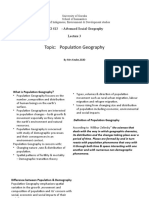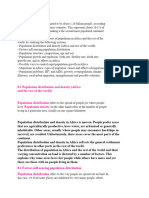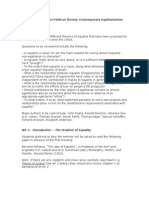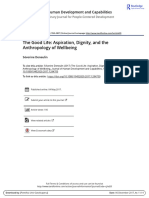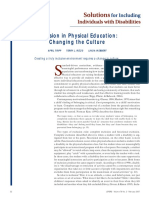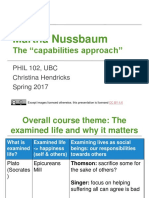0% found this document useful (0 votes)
52 views21 pages12th Notes
The document discusses the nature and scope of human geography, emphasizing the interaction between humans and their physical environment, and the evolution of human societies through technology and cultural development. It covers population distribution, density, growth patterns, and factors influencing these trends, as well as the concepts of human development and its measurement through indices like HDI and HPI. The document highlights the importance of equity, sustainability, productivity, and empowerment in human development, along with various approaches and international comparisons of development levels.
Uploaded by
maulajatt946Copyright
© © All Rights Reserved
We take content rights seriously. If you suspect this is your content, claim it here.
Available Formats
Download as PDF, TXT or read online on Scribd
0% found this document useful (0 votes)
52 views21 pages12th Notes
The document discusses the nature and scope of human geography, emphasizing the interaction between humans and their physical environment, and the evolution of human societies through technology and cultural development. It covers population distribution, density, growth patterns, and factors influencing these trends, as well as the concepts of human development and its measurement through indices like HDI and HPI. The document highlights the importance of equity, sustainability, productivity, and empowerment in human development, along with various approaches and international comparisons of development levels.
Uploaded by
maulajatt946Copyright
© © All Rights Reserved
We take content rights seriously. If you suspect this is your content, claim it here.
Available Formats
Download as PDF, TXT or read online on Scribd
/ 21

















